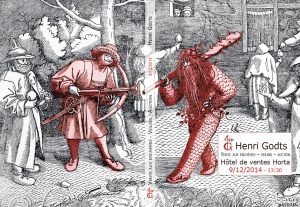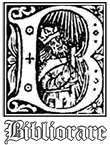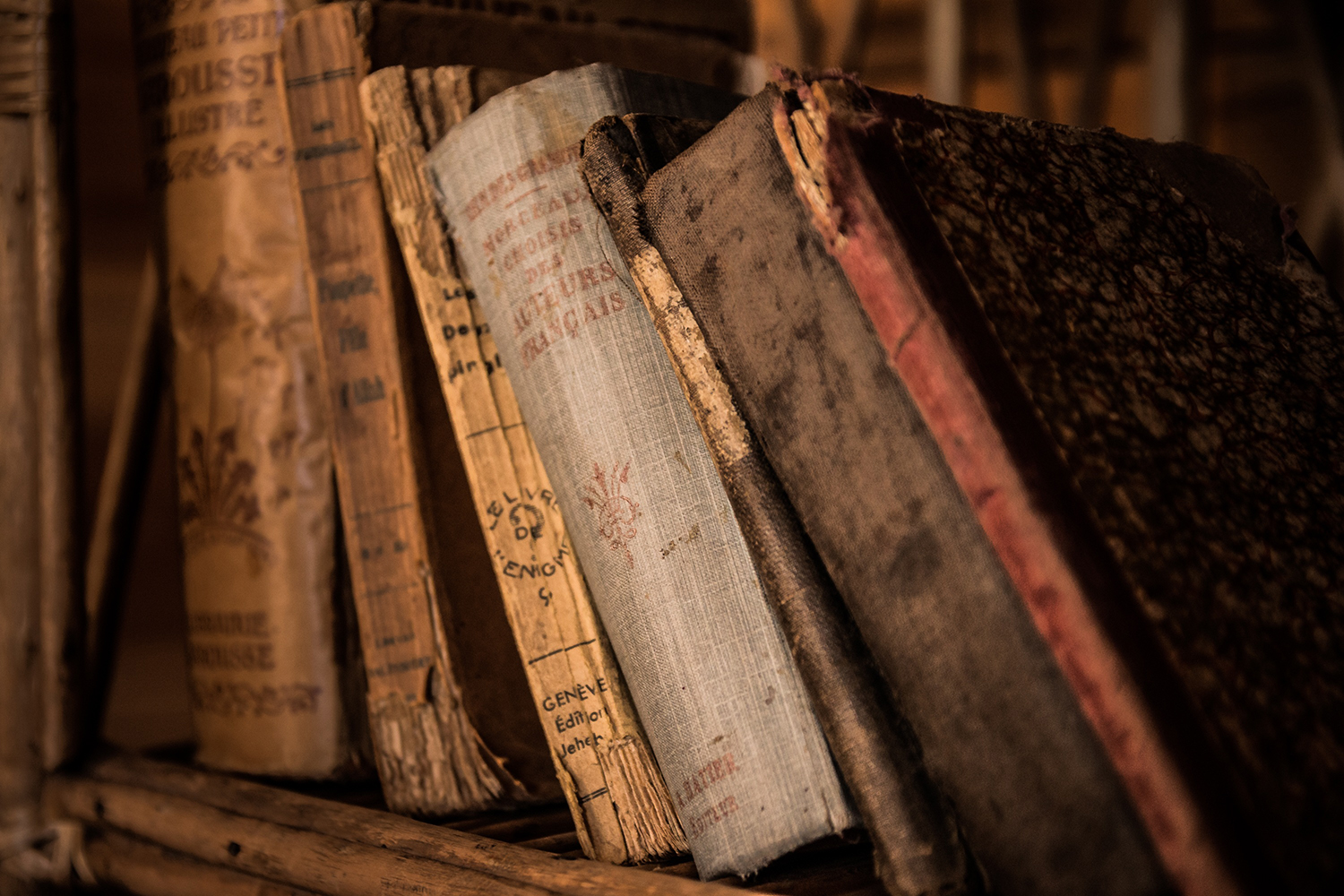(Science, Médecine) - VESALIUS, Andreas.- De humani corporis fabrica libri septem. Basileae, per Joannem Oporinum (ex officina Joannis Oporini, 1555 mense augusto).In-f° : [12]-824-[48] pp.; 2 plates (tears, margins or corners repaired,...
Description
Third edition, and second in-f° edition, enlarged and offering Vesalius' final revisions of the text of this most influential work. Copy with wide margins in an elegant typography, splendidly illustrated, mostly from the original blocks after Titian, Jan Stephen Van Calcar, Giovanni Britto, Domenico Campagnola... with : an engraved title figuring an anatomical lecture of Vesalius followed by a large crowd,- the portrait of the physicist,- 2 folding plates,- more than 200 woodcut illustrations in the text including 20 figuring full skelettons or human bodies (depicting the nerves, muscles and veins),- numerous initial letters, some large, nicely and richly decorated with medical scenes with children,- and Oporinus' device with the motto "Invia virtuti nulla est via" picturing Arion up on a dolphin, mark suggested by Vesalius himself and continued to use by the Swiss printer. This famous work, first published in 1543, marked a turning point in medicine history as for the first time the anatomy was studied by dissecting human bodies. Before Vesalius, the authority in anatomy was Galen (c. 129-c. 200/216) but his descriptions were based on animal dissections as the human ones were forbidden by the Roman law. Still by the time Vesalius was studying in the 1530s, the human dissections were not frequent but as a professor at the University of Padua, the Belgian physicist made them more regular, operating them himself and not a barber surgeon like previously. Vesalius (1514-1564), whose father was the apothecary of Charles V, left Belgium in 1533 to study medicine at the University of Paris but left the city because of the war between the Holy Roman Empire and France. He came back to Leuven to complete his studies and graduated at the University of Padua in 1537 where he became professor. In 1543, Charles V took Vesalius on as a court physicist. • Most comprehensive anatomical work among all treatises of the 16th Century by Vesalius who may be considered the founder of modern human anatomy, illustrated with very detailed and elaborated illustrations. ▲ Provenance : "Vendu 15 décembre 1585, 53 florins d'or" (contemporary handwritten note); Edmond-Sébastien-Joseph de Stoupy, canon of Liège and abbot at Chalon-sur-Saöne and Airvault (18th Cent. ex-libris); Henri Petit, doctor at Soissons, France (emblazoned 19th Cent. stamp). # BB V-696/697; # Durling 4579; # Garrisson & Morton 377; # Bibl. Walleriana 9901; # Adams V-605; # Machiels V-227; # PMM 71; # VD16 V 911; # USTC 606036; # Horblit 98 (1st ed.); # not in Soltész. fl Troisième édition, et seconde édition in-f°, augmentée et présentant les dernières révisions de Vésale de son ouvrage fondamental pour l'anatomie. Illustré d'un titre gravé, du portrait du médecin, de 2 pl. dépliantes et de plus de 200 illustrations in texto (20 figurant des squelettes ou des corps de plein pied). Ex. à grandes marges, dans une typographie soignée, avec des initiales joliment et richement décorées représentant des scènes médicales (certaines grandes). Plein vélin du 17e s. sur ais de bois (restaurations externes et internes dont 2 avec pet. manques au titre gravé, mouill. marg., une plus grande à la p. 213, nombreuses pet. rouss. aux pp. 233-245).



